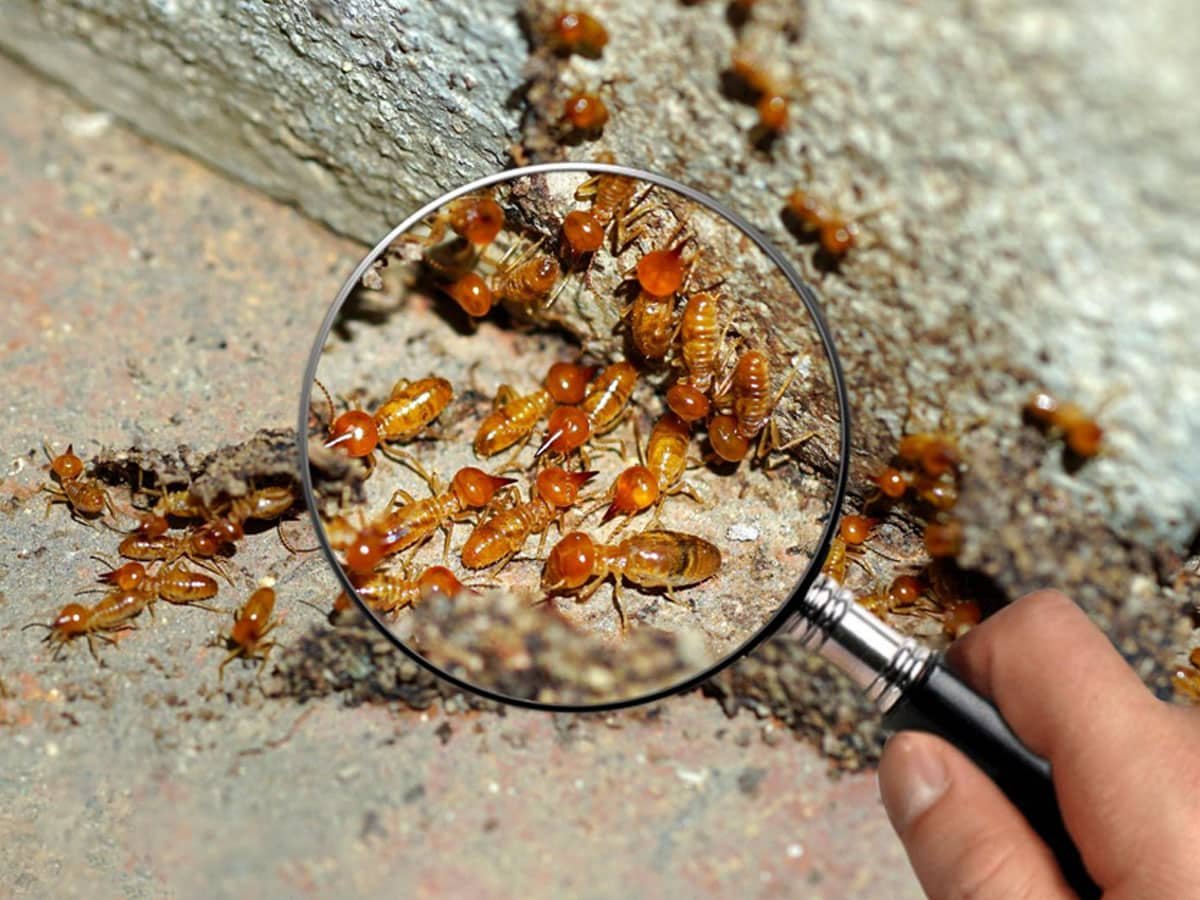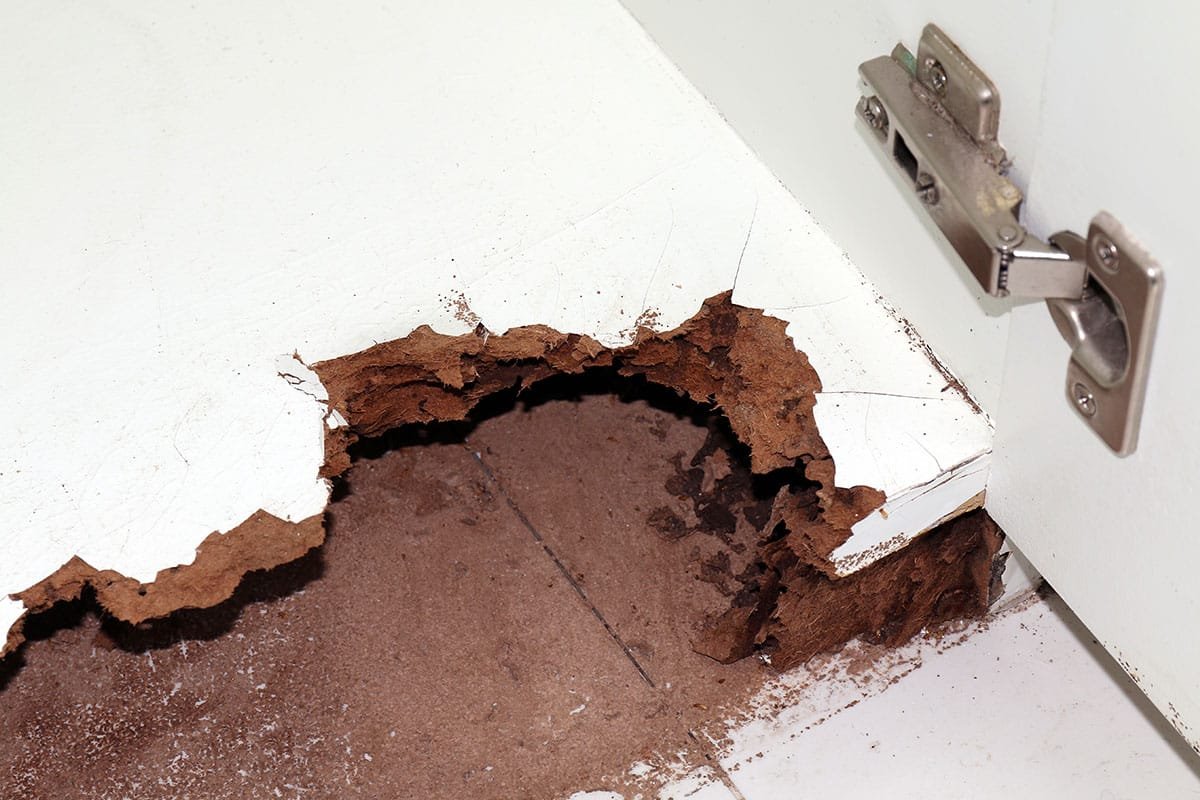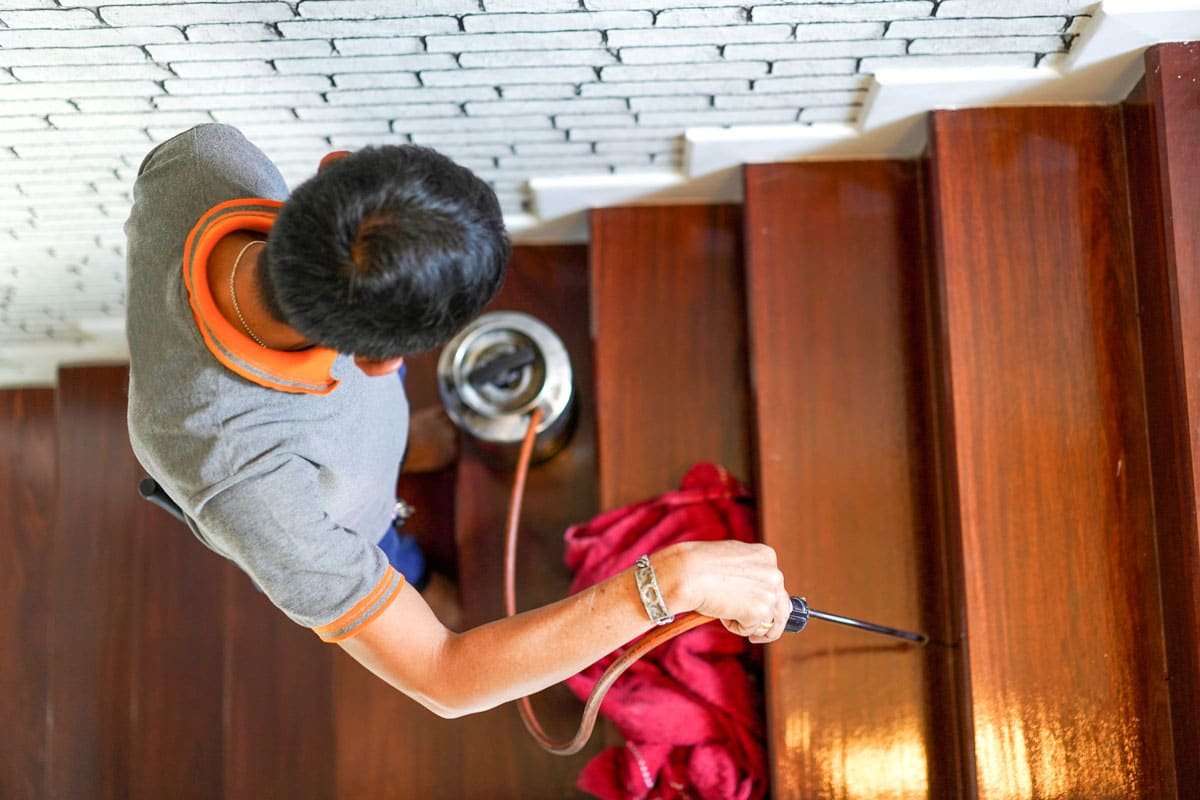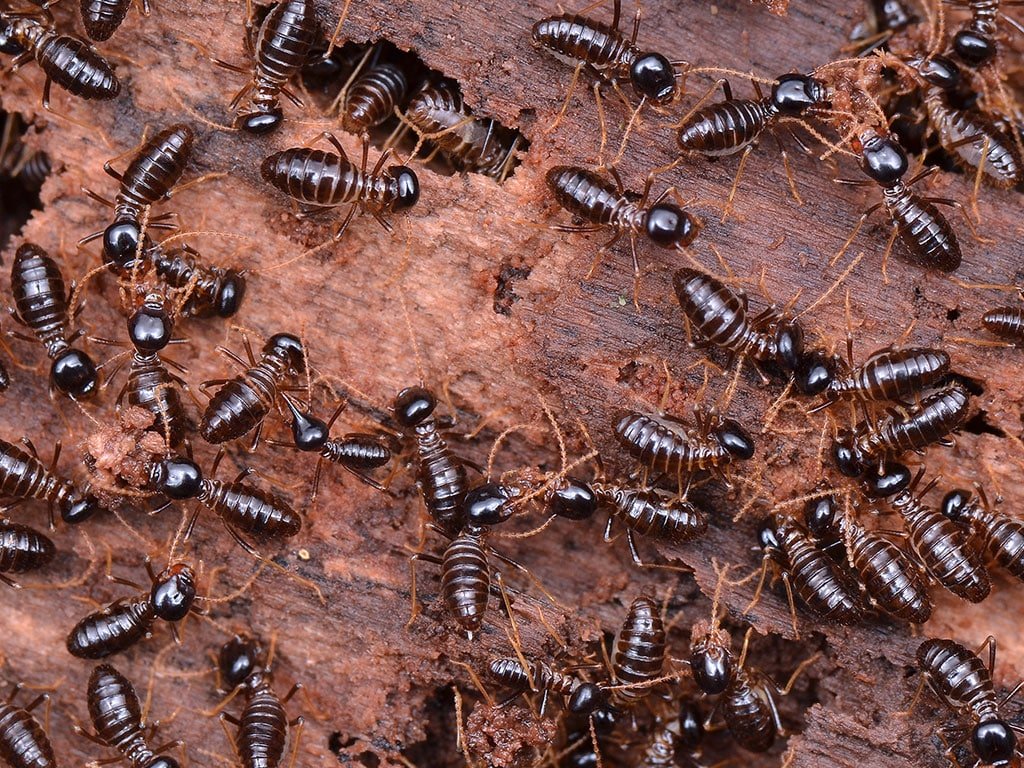
What Do Baby Termites Look Like? What You Need to Know
Termites, often inconspicuous in their activities, are among nature’s most formidable architects. However, for homeowners, they represent a significant threat, causing billions of dollars in damage annually worldwide. This article
















